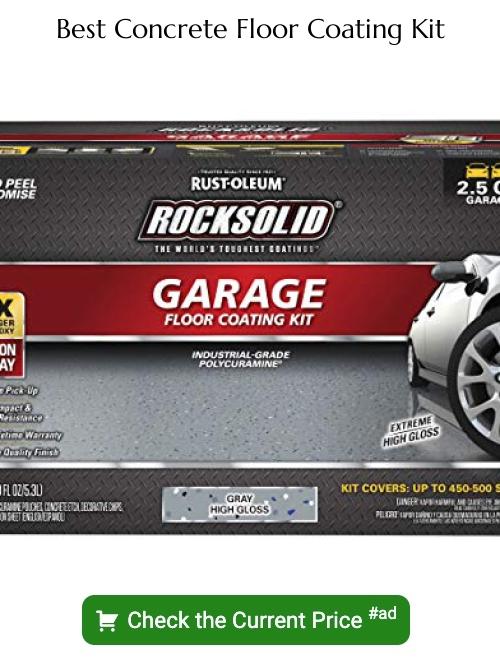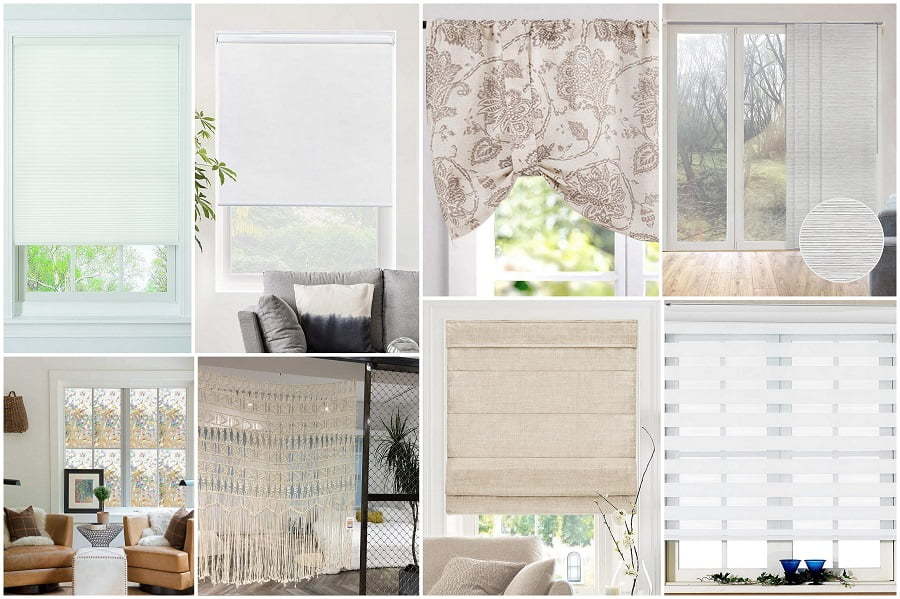Last updated on
You may need concrete floor alternatives if you find it too expensive. Indeed, putting up a patio, a shed, a carport, or a garage on your property doesn’t mean you have to spend a ton of money on the concrete floor.
Concrete floor costs $5.35 to $6.17 per square foot, including installation. That means you will spend anywhere from $535 to $617 or more on a 10×10 slab. Do you want any of that? If you’re here – you don’t.
Heck, some people simply put steel buildings on the stomped ground and call it a day. While that may work, we can do better than that.
What if we told you that you could have a great foundation and floor for your building or patio without pouring concrete? Some of these alternatives aren’t only cheap — they look great too!
Most of these alternatives are possible by using clever techniques, using simple materials, or reusing. In some cases, you would give up some durability, but for most purposes, it’s enough to have decent flooring.
For this story, we’re only including alternative materials to concrete and techniques that are good to create an actual floor for a patio or a building. This does not include materials for driveways or fence foundations.
Washed Gravel Floor
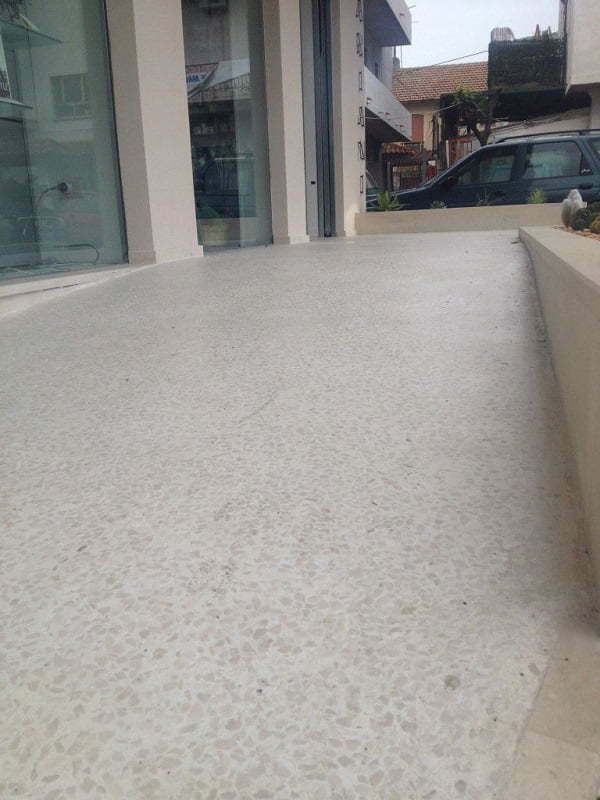
The technology used to manufacture washed gravel floors enables a gravel-like surface to be created and use as the foundation and flooring. The entire process is performed as follows: a mixture of crushed stone, the grain of various sizes, and a special primer are cast on a predetermined base. A wash is then completed using a high-pressure hydro-cleaner, and a resin coating is added. This gives you a lovely and elegant gravel flooring.
Stone Floor
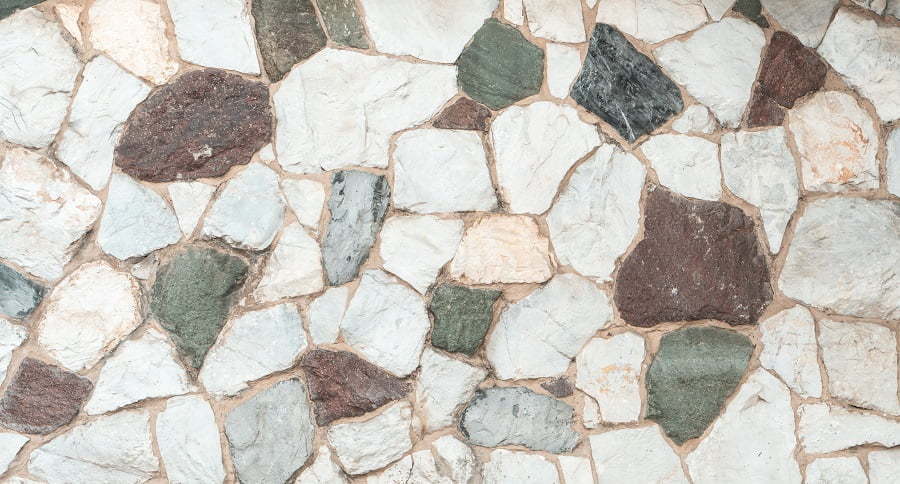
Nothing is more elegant and luxurious than a natural stone among flooring materials. The term “natural stone” refers to several mountain-born minerals, which, instead of synthetic or fabricated stone products, stand the test of time. The traditional natural stone flooring includes slate, marble, calcareous stones, travertine, granite, and sandstone. It is important to understand the stone flooring tile form features that you buy to decide if it is suitable for a particular location.
Earthen Floor
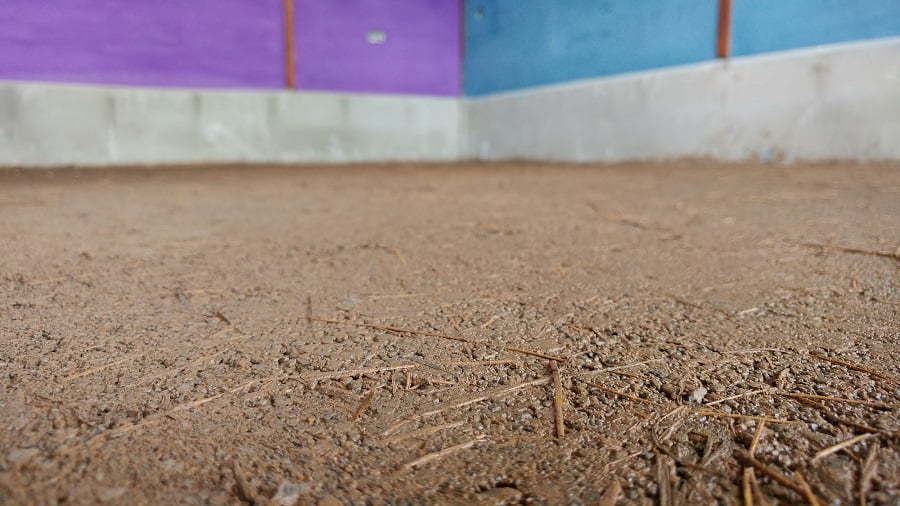
A pretty gross version of the fundamental earthen floor principles would probably be a great fit for a garage. Ensure you have the right drainage layer and frost protection, apply a moisture barrier to the membrane, perhaps over the sands, and add a few inches of flooring material. There are various layer choices for the floor itself, but it is compressed super tightly with many thin linseed oil layers.
An earthen floor is not the dirt floor on which your ancestors in the prairie would have lived. They are not the dirty, crumbly dirt floors found in the world’s imaginary “mud huts.” Today, this flooring is carefully built with the finishing surface being given particular attention, then impregnated with an oils and wax blend that offers longevity, abrasion resistance, and a smooth and luxurious texture. It is the floor that draws people to their knees, mainly traditional contractors, to look closer. They rub it as if it will make them a wish. Intensity emanates from their eyes as they realize how the floor can be made of plain ‘dirt’ before them.
Decomposed Granite
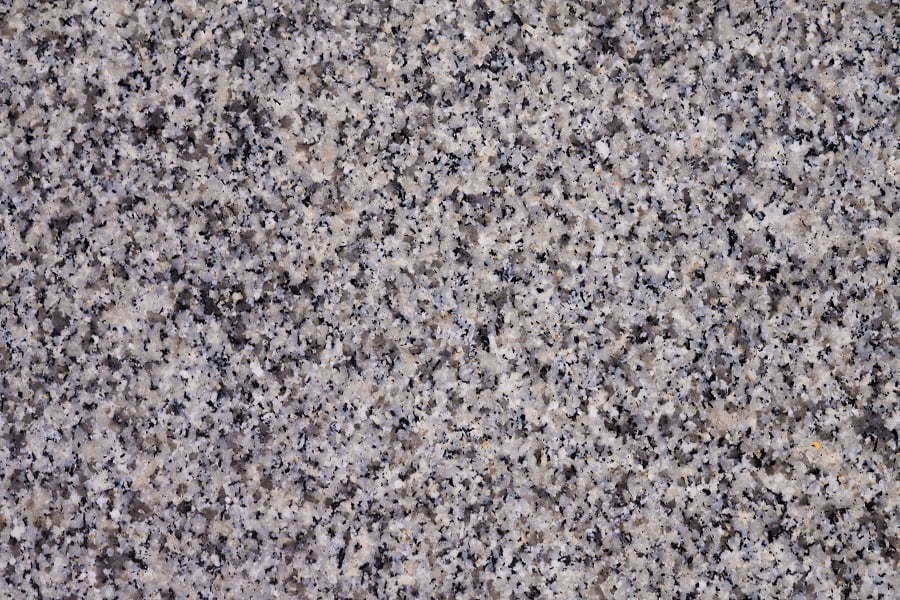
Decomposed granite will have an ADA-compliant surface when a stabilizer is added or applied while at the original expense. The decomposed granite floor will take time to maintain an even surface, damaged by traffic and rainfall, though. But that won’t be a problem if the floor is covered, such as a garage or patio.
Foam Board
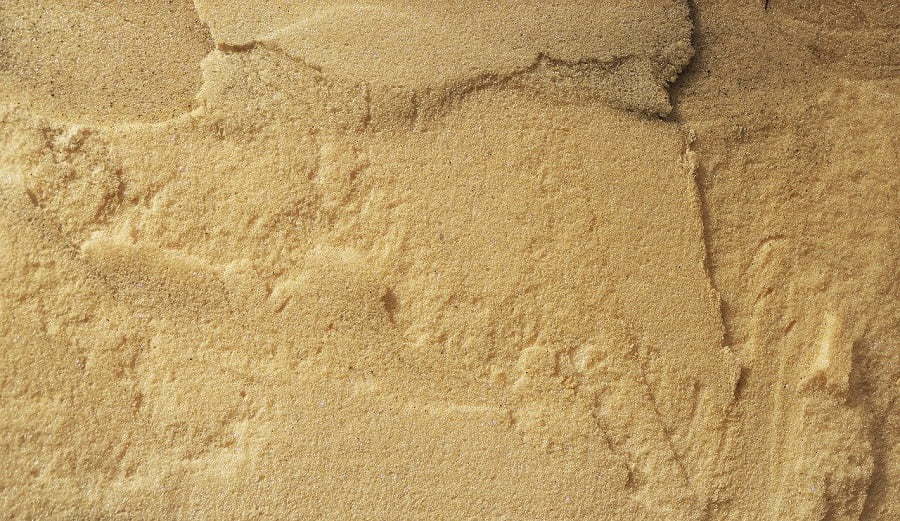
You’d not make a floor from the foam board alone, but it can be an integral part of the flooring. For instance, you might put sand or gravel-covered foam board down and lay down the sleepers and nail down the floor to provide a solid foundation. If the depth is too high for sleepers alone, stump on the sleepers to lift the ground.
Brick Flooring
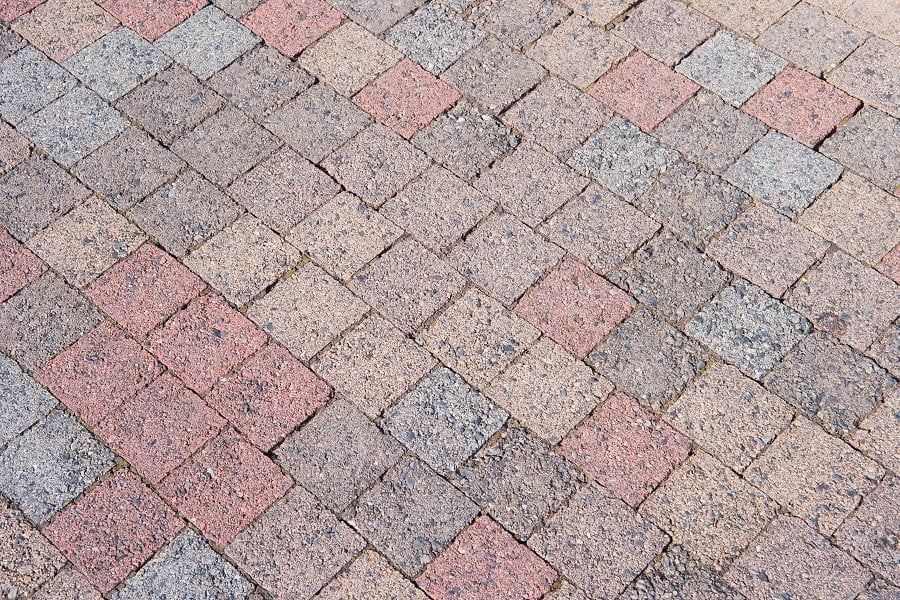
Brick, the durable earth blocks integral to so many buildings, is becoming a popular flooring choice for high-traffic interior space with outdoor connections. Think of foyer, kitchen, laundromat, and mudroom — areas that call for the visual impact of dirt monitoring. If you consider new flooring in such a space, a new brick species is cost-effective and easy to look after.
Brick can’t be beaten for longevity, fade-proof, or rot-proof. It may last decades without fear of heavy foot traffic disruption, exposure to sunlight, weather changes, or home fires. This separates brick floors from the alternatives, easily frayed, scratched, or laminated, which can be moisture-tight and typically replaced when damaged. The modular design of brick pavers and tiles makes it easy to remove and repair in the rare case of brick cracks – the same applies to most of the paving slabs alternatives.
Asphalt Flooring
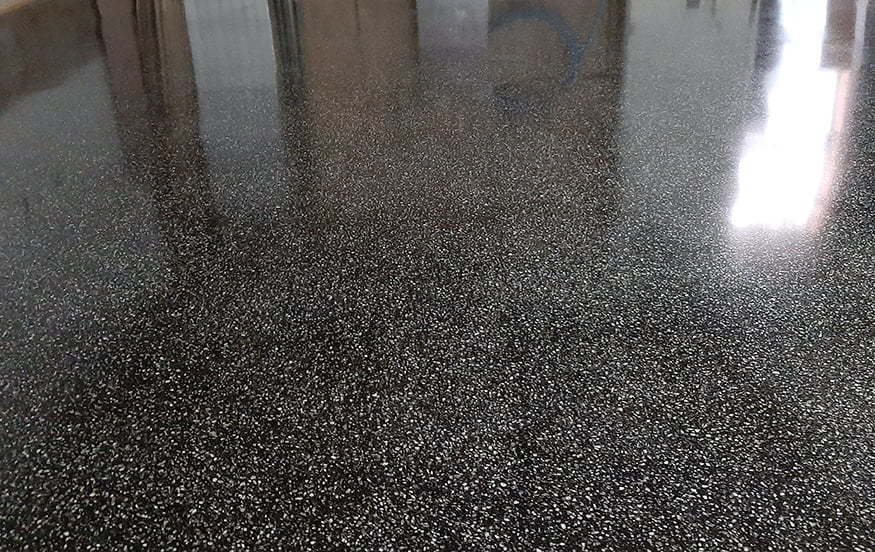
Mastic asphalt flooring is becoming very common these days. It is dustless, elastic, robust, waterproof, acid-proof, and attractive. The mastic asphalt flooring is non-slippery and noiseless. As such, it’s great for factory use, swimming pools, garages, patio floors, etc.
FAQ
For concrete floor alternatives, you will get a cheaper floor if you use brick, gravel, decomposed granite or asphalt, earthen floor, and even insulation foam.
As an alternative for cement (binding material), you can use fly ash, ground industrial materials (asphalt, granite, stone, brick, etc.), limestone fines, and silica fume.
It’s concrete made using recycled and waste materials. It is considered cheaper and more durable than traditional concrete. As such, it can be used as a great alternative.
Recap
